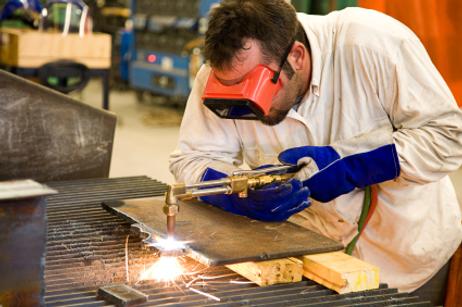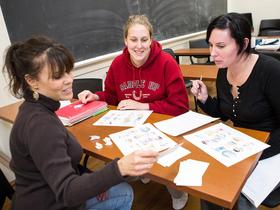How to Know if Community College is Right for You
So you’re ready to make a big decision about your next step in life. is community college the right choice for you?
- A community college offers students a wide range of benefits and is a good choice for many people.
- Some students go through a lot of preparation to determine what they want to do after they graduate and where they want to go in life.
- Adults too may find themselves at a crossroads where they have the option to return to college for a degree or further training.
- Thousands of students, in every state, enroll in community college and find the experience to be very worthwhile.
- Community college might be especially good for you if you can answer yes to any of these points.

Canva generated this photo of a student thinking about community college.
1. Cost is a major factor in your decision.
Tuition is usually a lot cheaper at a community college than it is at a four-year college or university.
- You can save money by taking classes at a community college, and even if you transfer to another college for a higher degree, those first few years of education will cost you less at the community college.
- Two years at a four-year school could cost you $40,000 but those same two years at a community college may cost half that or less!
- This option is




























